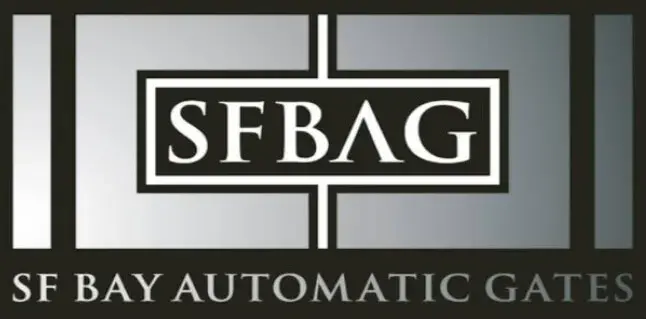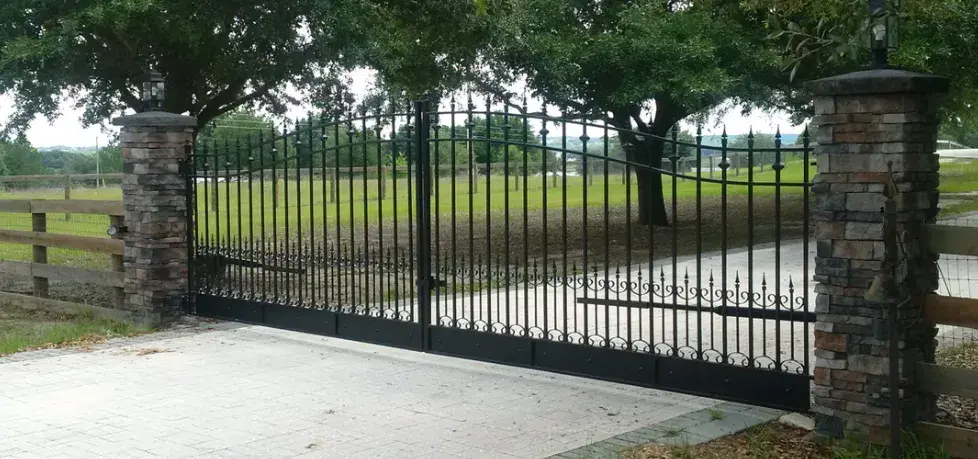The process of designing and installing custom driveway gates is a multifaceted endeavor that requires meticulous planning and execution. Selecting the right materials is just the beginning; the choice between wrought iron, wood, or aluminum not only affects the gate’s aesthetic appeal but also its resilience and upkeep. Additionally, integrating the gate’s design with the existing architectural elements and landscape enhances both functionality and visual harmony. As we explore the nuances of mechanical and automatic gate systems, consider how each option aligns with your security needs and lifestyle preferences. Join us as we examine the critical steps involved in transforming your entryway into both a secure and welcoming passage.
Selecting Your Gate Design
When selecting your gate design, it’s essential to consider both aesthetic appeal and functional requirements. The decision merges with broader community themes and personal identity, guaranteeing that the gate not only secures your property but also harmonizes with the architectural ethos of the neighborhood.
Material selection is crucial; choices vary from wrought iron for durability and intricate designs, to wood for a classic, warm appearance, and aluminum for lightweight, rust-resistant properties. Each material offers unique advantages concerning maintenance, longevity, and cost, aligning with various homeowner priorities and regional conditions.
Furthermore, the operational mechanism—whether swing, slide, or cantilever—must be selected based on driveway length, slope, and surface condition. Swing gates need ample space to operate and are perfect for flat, expansive entrances, while sliding gates are suitable for limited spaces or steep driveways.
Incorporating technology enhances functionality: automated gate openers, intercom systems, and security features like CCTV connectivity are not just luxuries but necessities in improving both usability and security. These elements must be seamlessly integrated into the design to ensure they do not diminish from the aesthetic but enhance the overall coherence of the property’s entrance strategy.
Installation Process Steps
The installation of custom driveway gates is a detailed process that begins with site assessment, confirming compatibility between the chosen gate system and the existing driveway layout. Once the preliminary checks are complete, the next step involves marking the exact locations for the gate posts. This is essential for maintaining the structural integrity and alignment of the gate.
Following the site marking, excavation for the gate posts begins. The depth and width of the holes must be adequate to support the gate’s weight and operational stress. After setting the posts in concrete, ample time is required for curing to guarantee they are securely anchored.
The assembly of the gate framework is the subsequent phase. This includes attaching rails, panels, and decorative elements, which have been pre-selected to enhance both security and aesthetic appeal. The precision in welding and joining components cannot be emphasized enough, as this determines the gate’s durability and functionality.

